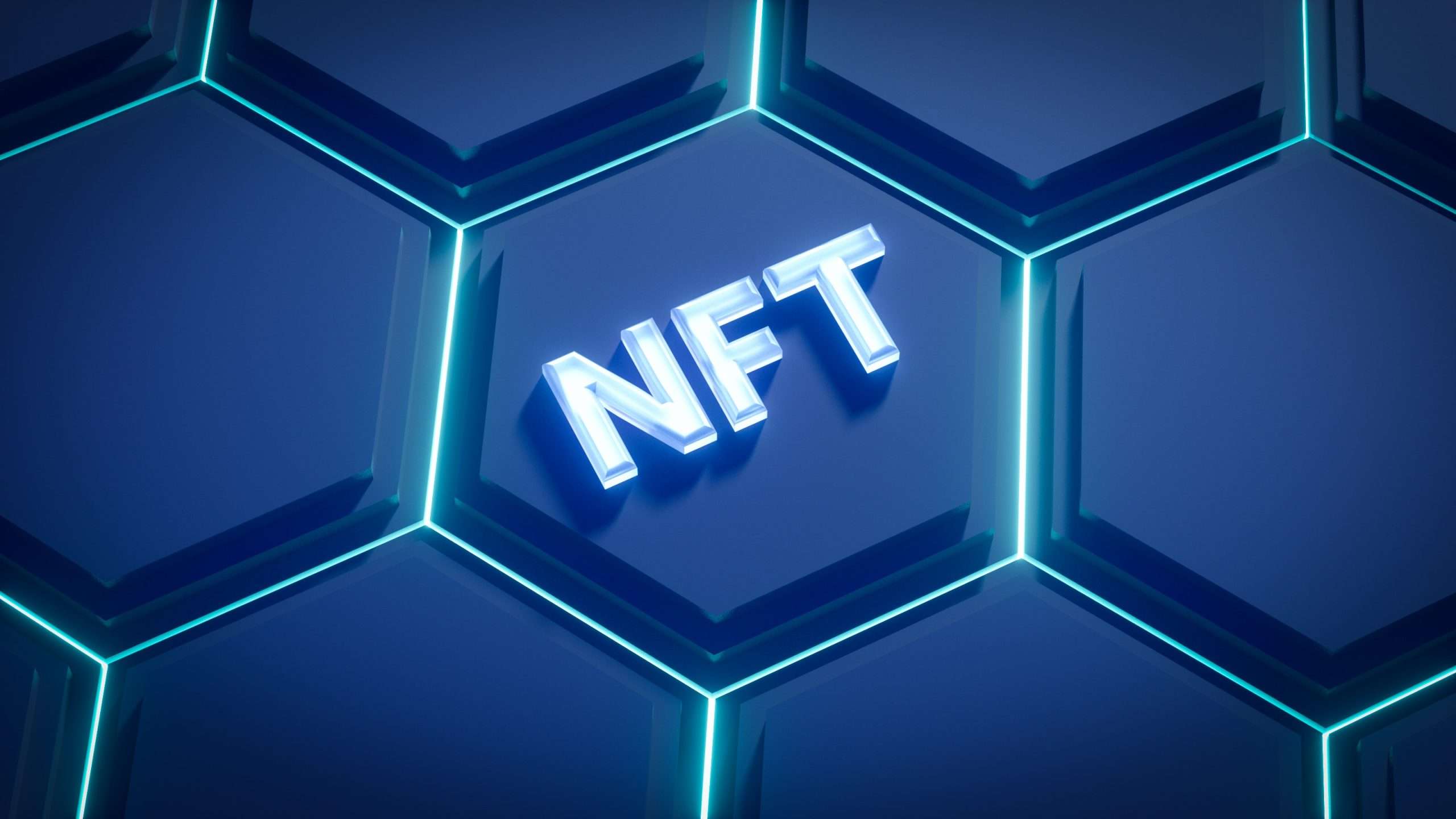In recent years, the concept of the metaverse has captured the imagination of technology enthusiasts and futurists alike. Often described as a virtual reality space where users can interact with each other and computer-generated environments in real time, the metaverse holds immense potential for transforming how we live, work, and play. As this vision draws closer to reality, developers are increasingly focusing on creating cutting-edge technologies that will power this digital realm. In this article, we will explore seven top technologies that are driving the development of the metaverse and shaping its future landscape. From blockchain-based decentralized systems to advanced artificial intelligence algorithms, these innovations are poised to revolutionize our digital experience and propel us into a new era of interconnected virtual worlds.
Defining the Metaverse and its significance
The term Metaverse refers to a virtual reality space that encompasses the digital and physical worlds, where users can interact with each other and computer-generated environments in real-time. It is essentially a collective virtual shared space that blurs the line between reality and fiction. The concept of the Metaverse has gained significant attention due to its potential impact on various industries such as gaming, entertainment, social media, education, and even workspaces.
One significant aspect of the Metaverse is its ability to create immersive experiences for users by incorporating technologies like augmented reality (AR), virtual reality (VR), artificial intelligence (AI), blockchain, and cloud computing. These technologies enable users to engage in activities that were previously unimaginable or inaccessible in traditional settings. For instance, businesses can use the Metaverse to provide interactive shopping experiences or conduct virtual conferences. Furthermore, it offers opportunities for individuals to connect with others from different parts of the world without physical boundaries.
The development of the Metaverse holds immense significance as it has the potential to revolutionize how we live, work, and socialize in both physical and digital spaces. It opens doors for new business models and revenue streams while transforming traditional industries into more immersive and engaging experiences. Additionally, it has implications for societal issues such as accessibility by providing equal opportunities regardless of geographical location or physical limitations. The Metaverse represents a convergence point for various emerging technologies that are shaping our future interactions with computers and each other.
Internet of Things: Bridging physical and virtual realms in the metaverse
One of the key technologies driving the development of the metaverse is the Internet of Things (IoT). The IoT refers to the network of physical objects embedded with sensors, software, and other technologies that enable them to connect and exchange data with each other and their environment. In the context of the metaverse, IoT plays a crucial role in bridging the gap between physical and virtual realms.
By integrating IoT devices into virtual environments, users can interact with objects from both worlds seamlessly. For example, imagine being able to control your smart home appliances or monitor your health vitals within a virtual reality game. This integration not only enhances immersion but also opens up new possibilities for personalized experiences within the metaverse.
Furthermore, IoT-enabled devices can gather real-time data from their surroundings, providing developers with valuable insights into user behavior and preferences. This data can be used to create more interactive and dynamic virtual environments within the metaverse. Ultimately, IoT technology holds immense potential in transforming how we experience and interact with both physical and virtual realities in the metaverse.

Virtual Reality: Immersive experiences in the metaverse
One of the key technologies that is driving the development of immersive experiences in the metaverse is virtual reality (VR). VR allows users to enter a completely virtual world and interact with it using specialized headsets and controllers. With VR, individuals can explore new environments, meet other people from around the globe, and participate in various activities within the metaverse.
Virtual reality enables users to have a truly immersive experience by creating a realistic sense of presence within the digital realm. This technology has advanced significantly in recent years, with major companies like Oculus and HTC Vive releasing high-quality VR devices that offer stunning visuals and accurate tracking capabilities. By fully immersing themselves in the metaverse through VR, users can feel as if they are physically present in a different reality, opening up endless possibilities for entertainment, education, and socialization.
Furthermore, developers are continually pushing the boundaries of what is possible with virtual reality in the metaverse. They are incorporating haptic feedback systems that provide tactile sensations to enhance immersion. Additionally, advancements in hand-tracking technology allow users to interact with virtual objects using natural hand gestures instead of relying on controllers. These innovations contribute to an even more compelling and authentic experience within the metaverse’s virtual realms.
Augmented Reality: Blending real and virtual worlds
One of the top technologies for metaverse development is augmented reality (AR), which involves blending the real and virtual worlds. AR enhances our perception of reality by overlaying digital information onto our physical surroundings, creating an immersive and interactive experience. With AR, users can interact with virtual objects and characters in real-time, making it a powerful tool for various industries.
In gaming, AR allows players to bring their favorite video game characters into the real world, enabling them to interact with these characters in their own environment. This creates a whole new level of engagement and excitement for gamers. In education, AR can revolutionize traditional teaching methods by providing students with interactive learning experiences. For example, students can use AR to explore historical landmarks or dissect virtual organisms right in their classrooms.
Furthermore, AR has tremendous potential in marketing and advertising. Brands can utilize this technology to create innovative campaigns that blend the physical and digital realms seamlessly. By allowing customers to try products virtually before purchasing them or by placing virtual objects in real-world environments through mobile apps or smart glasses, businesses can enhance customer engagement and drive sales.
Overall, augmented reality is a key technology for metaverse development as it bridges the gap between the real and virtual worlds across various sectors such as gaming, education, and marketing. Its ability to provide immersive experiences opens up endless possibilities for innovation and interaction between users and digital content.

Blockchain: Securing transactions and ownership in the metaverse
One of the key technologies playing a crucial role in the development of the metaverse is blockchain. Blockchain technology has emerged as a powerful tool for securing transactions and ownership within virtual worlds. With its decentralized nature, blockchain ensures that all transactions are recorded on an immutable ledger, making it nearly impossible for any fraudulent activity to occur.
In the metaverse, where virtual assets hold real-world value, blockchain provides a transparent and secure framework for buying, selling, and trading these assets. Each asset can be represented as a unique token on the blockchain, allowing users to prove ownership and transfer them seamlessly without relying on intermediaries or centralized platforms.
Furthermore, by utilizing smart contracts on the blockchain, participants in the metaverse can establish predefined rules and conditions for their transactions. This eliminates the need for trust between parties as smart contracts automatically execute actions based on predetermined criteria. As a result, blockchain technology not only ensures secure transactions but also enforces ownership rights within virtual environments with utmost efficiency and transparency.

Artificial Intelligence: Enhancing interactions within the metaverse
One of the key technologies driving the development of the metaverse is artificial intelligence (AI). AI has the potential to greatly enhance interactions within this virtual world by enabling realistic and dynamic experiences. With AI, users can engage in more immersive conversations with virtual characters who exhibit natural language processing and understanding capabilities. This means that interactions within the metaverse can become more lifelike and engaging, creating a sense of authenticity for users.
Additionally, AI can also help in personalizing user experiences within the metaverse. By analyzing user data such as preferences, behaviors, and demographics, AI algorithms can tailor content and recommendations specifically to each individual. This level of personalization not only makes interactions within the metaverse more enjoyable but also allows businesses to deliver targeted advertisements or product recommendations based on user interests. As a result, users are more likely to have a meaningful experience in the metaverse that aligns with their interests and needs.
In conclusion, artificial intelligence plays a crucial role in enhancing interactions within the metaverse by providing realistic conversational experiences and personalized content recommendations. The integration of AI technologies into this virtual world enables users to engage with virtual characters that feel genuinely human-like while also ensuring their experiences are tailored to their preferences. As we continue to develop this emerging technology further, we can expect even more advanced applications of AI within the metaverse that will revolutionize how we interact with these virtual environments.
Cloud Computing: Scalability and accessibility for metaverse development
Cloud computing plays a crucial role in enabling scalability and accessibility for metaverse development. With the metaverse being a vast virtual universe, it requires significant computing power and storage to handle the immense amount of data generated by users and their interactions. Cloud computing allows metaverse developers to tap into virtually unlimited resources, such as processing power, storage capacity, and network bandwidth. This enables them to scale their applications seamlessly as user demand increases without having to worry about infrastructure limitations.
Furthermore, cloud computing provides accessibility for metaverse development by offering a distributed architecture that can be accessed from anywhere with an internet connection. Developers can collaborate on projects remotely, allowing for global participation and expertise. Users can also access the metaverse from various devices, including smartphones, tablets, or VR headsets, thanks to cloud-based applications that offer cross-platform compatibility. This accessibility ensures that the metaverse is available to anyone interested in exploring its virtual realms without restrictions based on location or device capabilities.
In conclusion, cloud computing’s scalability and accessibility are essential elements in driving the development of the metaverse. Its ability to provide ample resources and enable remote collaboration allows developers to create immersive experiences on a massive scale while ensuring widespread access for users worldwide. As technology continues to advance rapidly, cloud computing will undoubtedly play an increasingly pivotal role in shaping the future of the metaverse.
3D Modeling and Rendering: Creating realistic virtual environments
One of the key technologies for metaverse development is 3D modeling and rendering. With this technology, developers can create realistic virtual environments that are visually stunning and immersive. Using advanced software tools, designers can build detailed 3D models of objects, landscapes, buildings, and characters that populate the metaverse.
In addition to modeling, rendering plays a crucial role in bringing these virtual environments to life. Rendering involves generating the final images or animations from the 3D models by applying lighting effects, textures, shadows, and other visual elements. By using sophisticated algorithms and techniques, renderers can produce highly realistic graphics that mimic real-world lighting conditions.
The combination of 3D modeling and rendering allows for the creation of breathtaking virtual worlds within the metaverse. Whether it’s a bustling cityscape or a serene natural landscape, these virtual environments have the potential to be indistinguishable from reality. This level of realism enhances user experiences in the metaverse by making them feel like they are truly immersed in another world. As technology continues to advance, we can expect even more impressive 3D modeling and rendering capabilities that push the boundaries of what is possible in creating realistic virtual environments for the metaverse.
Conclusion: Future potential of metaverse technologies
In conclusion, the future potential of metaverse technologies is vast and ever-expanding. With advancements in virtual reality (VR), augmented reality (AR), blockchain, artificial intelligence (AI), cloud computing, 5G connectivity, and internet of things (IoT), the metaverse is poised to revolutionize various industries and reshape our daily lives.
One major area where the metaverse holds immense promise is entertainment. Virtual reality gaming experiences are already captivating players with their immersive environments and interactive gameplay. As technology continues to advance, we can expect even more realistic graphics, improved haptic feedback systems, and enhanced social interactions within virtual worlds. Additionally, AR applications like live concerts or sporting events projected into our physical environment have the potential to transform how we consume media.
Beyond entertainment, the metaverse has significant implications for education and remote work. Virtual classrooms could enable students from all over the world to connect and learn together in a shared digital space while being guided by AI-powered teaching assistants. Similarly, remote work could become much more immersive and collaborative through virtual offices that simulate real-world interactions between colleagues. By breaking down geographical barriers, the metaverse has the power to democratize access to education and job opportunities on a global scale.
In summary, as the development of metaverse technologies progresses across multiple fronts, we can anticipate a future where immersive experiences blur the lines between physical and digital realities.



